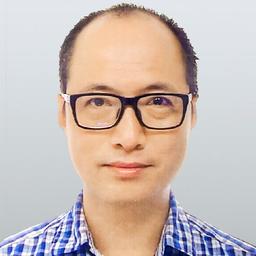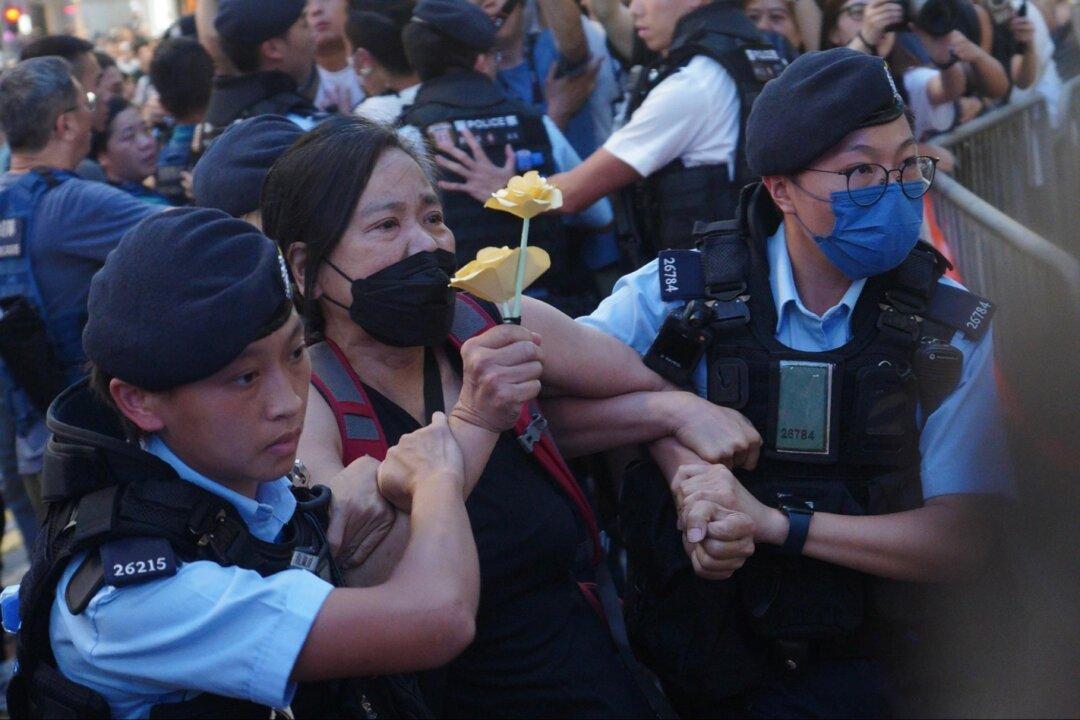Commentary
On July 7, which was the 85th anniversary of the “humiliating” Marco Polo Bridge Incident, the Education Bureau (EDB) took the opportunity to announce the “mainland study tour” scheme under the new subject of Citizenship and Social Development (CSD). The scheme “allows students to experience the history and culture of China and its latest developments.” (from Facebook of Secretary for Education Christine Choi Yuk-lin).





